With the current rise in fitness and our realisation of how important it is to get outside, there’s no surprise that running is becoming a more popular activity. As our lives seem busier than ever, fitting in time for a run as well as time to walk the dog feels impossible – so why not combine the two. The benefits of running with your dog go further than just being time-efficient – there are many advantages for both you and your pup. It’s been proven that getting outside is great for your mental health and this activity seems more and more appetising as we approach the summer heat – you and your dog will soon adore running in the sunshine.
Taking your dog with you on your run may feel like an easy thing to do, but there are some important things to think about. We thought we’d run you through what you need to consider before you take your dog for a run so you both can start reaping the benefits.
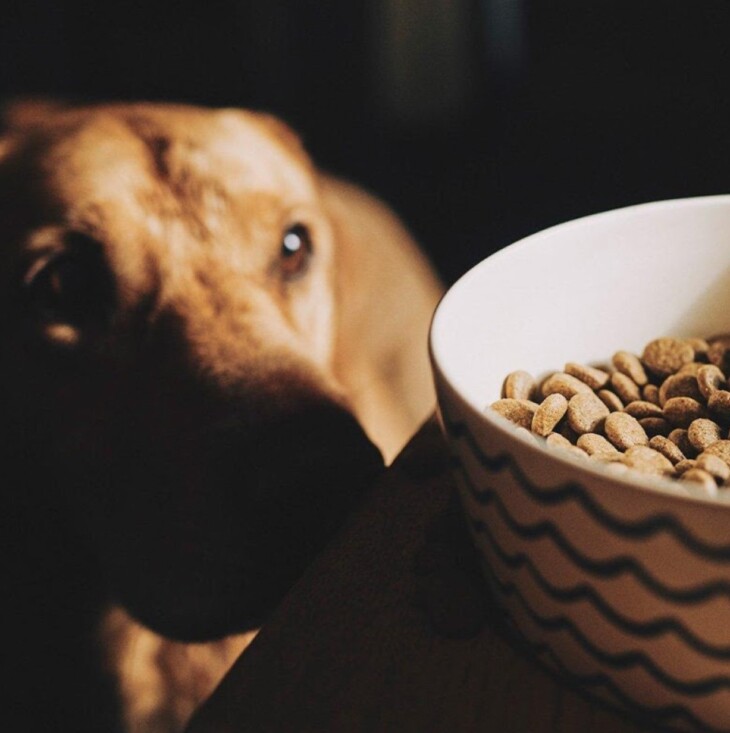
Contents
Can you run with your dog…?
Firstly, you must find out whether your dog is able to run with you because some dog breeds are not. For example, greyhounds – although we think that they are made for running – are much better suited to running short distances, fast. Other dogs like Pugs, French Bulldogs and Shih Tzus are not made for running at all. However, the large majority of breeds are designed to keep going far long than you are me, such as huskies, Golden Retrievers and gun dogs. They love running and will love it with their owner too.
Make sure that you check your dog’s health condition. If your dog has joint issues, then running is a no-no. When you get a puppy, you may think that running with them is a great way for them to exert their energy, but because their bones are still growing and are not that strong, this intense activity often causes injury. Contact your vet if you are unsure about whether your dog is in suitable health to start running.
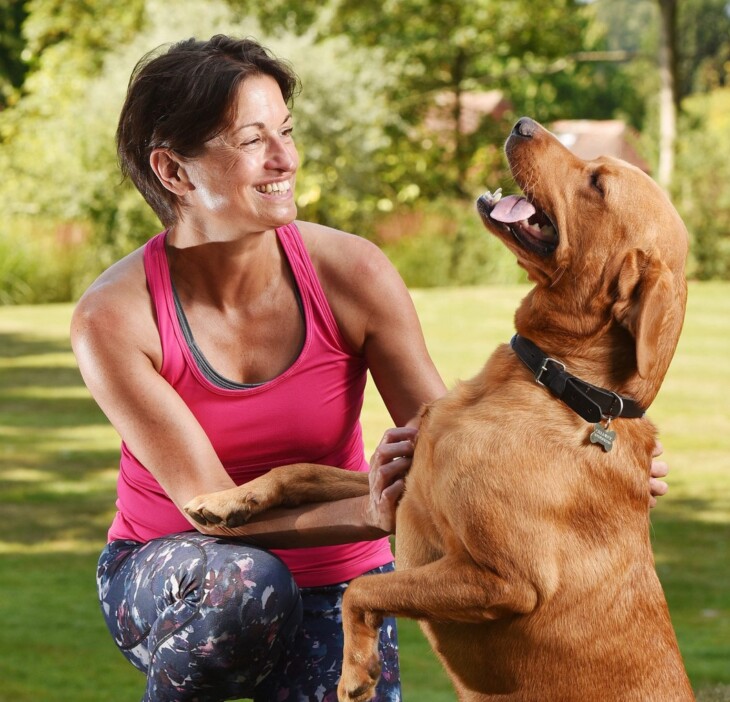
Source: Pinterest
How to start running with your dog
It is important to make sure your dog has a properly fitting collar or harness before you start running with them. It is also important to remember that not all dogs are suitable for running, so there are many different styles of collars available, including standard buckle collars, martingale collars, and harnesses. Consider the size and breed of your dog, as well as your personal preference. Once you have chosen a collar that meets your needs and preferences, place your order.
The first would be to bear in mind that when you are running with your dog, it’s inevitable that they will get distracted. When they smell something interesting or spot another dog, for example, they will go off course. So, if you are training for a specific race or attempting to break a personal record for speed, taking your dog is not ideal.
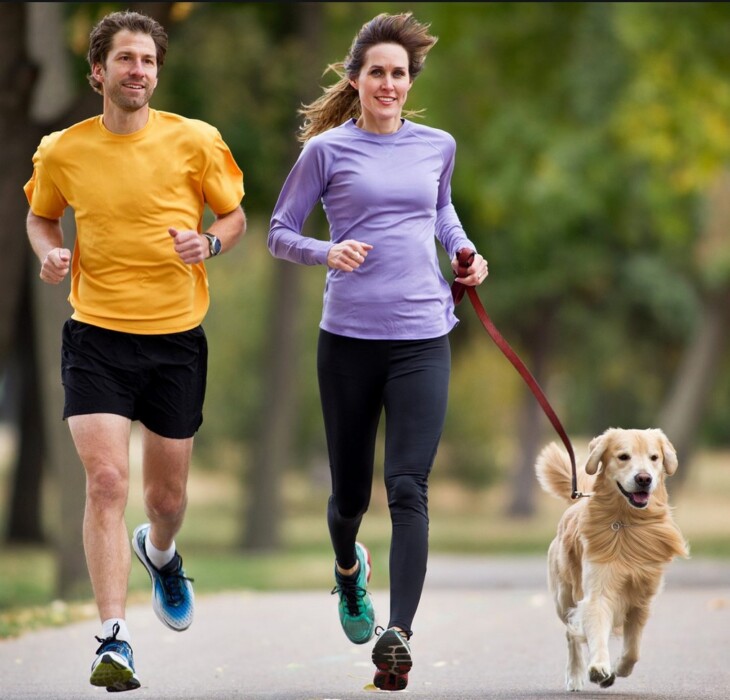
Source: Daily Paws
What to do about dog waste…
The most likely cause of a dog distraction would be for them stopping to relieve themselves. This can be distracting and stop you in your running flow, so make sure that you are equipped for this. Don’t forget to take an eco-friendly dog poo bag with you, so that you can quickly pick up after your dog without feeling guilty about littering in the area that you run in. Remember, you must always put it in the bin. Bringing a poo bag dispenser is a great idea. There’s nothing worse than carrying too many things on a run and letting that slow you down. You can attach the dispenser to your dog’s collar, so the collection of dog poo bags does not get in your way.
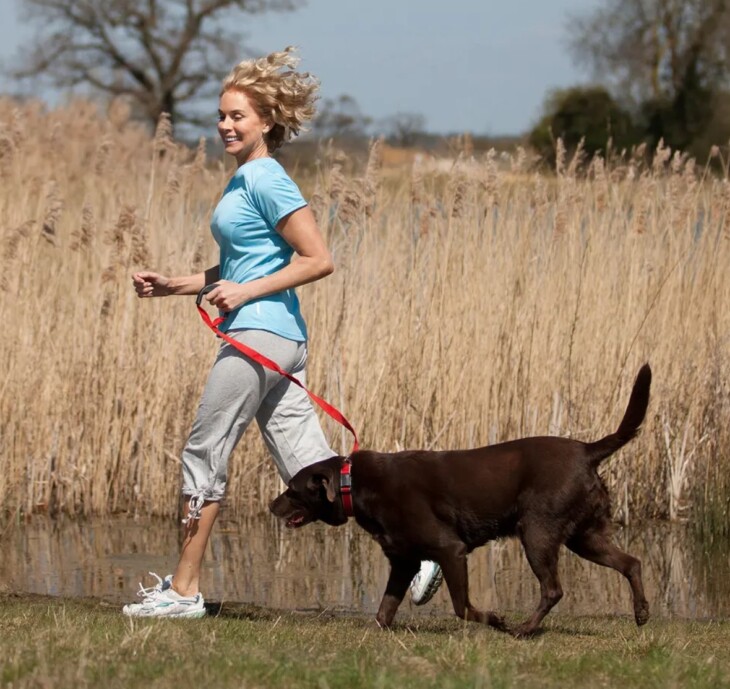
Source: The Guardian
Should you use a lead?
Whether you are taking a lead or not, you need to make sure that your dog is well trained at coming to heel. If you are running with a lead, this could result in you being painfully dragged around by your dog, which in sports like trail running it’s actually an advantage but for most of us this is not something we want happening. If you are running in the country, when your dog gets excited by the running experience, they could dart off uncontrollably.
When it comes to thinking about what lead you to want to take on your run, there are many that have belt attachments for you to run, hands-free. There are also leads/harnesses that go around your dog’s waist, rather than the neck, which is much less restricting.
Once you are ready to set off, start slowly. Don’t make your dog’s first-ever run a 10k: their bodies are not used to it. Dogs need to build up their tolerance, so try running a mile first and then work up to longer distances. If you want to run more than what your dog is capable of, plan a small loop around your house, drop your dog off and then keep going.
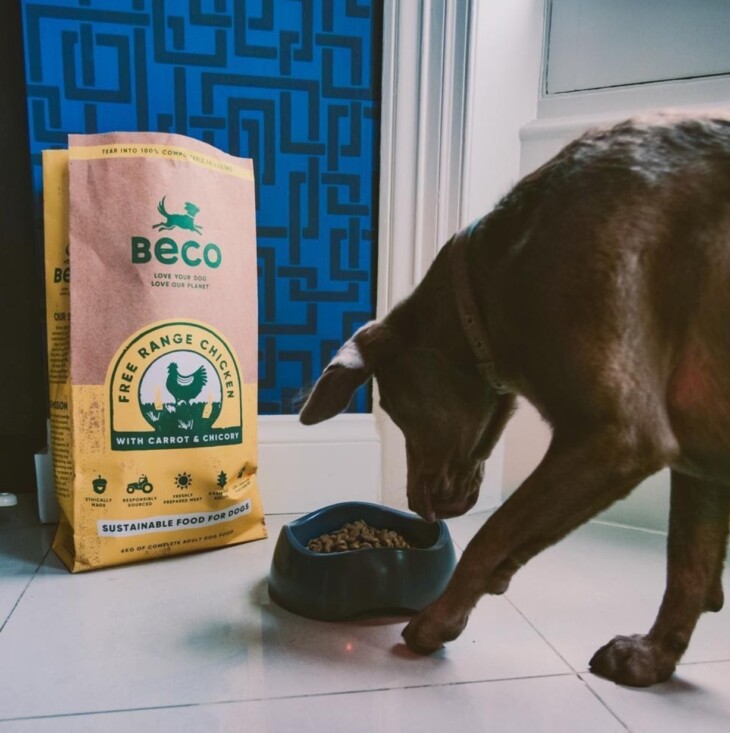
A healthy dog is about more than just exercise
Just like humans, dogs need a healthy diet for their body to function properly and get the most out of their exercise. You must make sure that your dog is getting the right amount of protein. When you are buying your healthy dog food, look for the meat source. Avoid brands that label their food as ‘meat meal’ as it’s unclear how clean the meat is. It’s important that your dog has a proper source of protein, like chicken or turkey. Protein forms amino acids with help to build hair, skin and nails, but most importantly when it comes to running, these amino acids build muscles.
It is important that the food you give their dog meets their nutritional requirements. Animal-based protein helps them to get the most of their diet and become strong enough to keep up with their running pace for as long as you like.
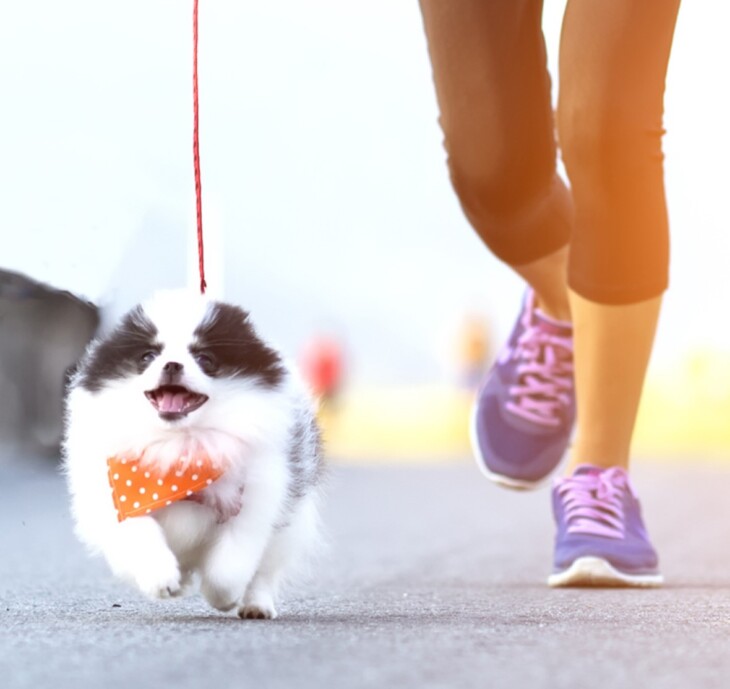
Source: The Guardian
What are the benefits of running with your dog?
We all know how beneficial running is for us – it gets you fit, prevents obesity and can hugely improve your mental health. This is the same when your pooch goes running too.
Running can help overweight dogs and when accompanied by a diet of healthy and nutritious dog food such as the one Beco pets provide, it will best for your pups physical shape. It’s also a great outlet for their energy. This can curve destructive behaviours and get rid of their boredom. Their mental health also improves because of it. The interesting smells, sights and sounds that dogs discover whilst running around outside are great for stimulation and can rid them of anxiety. We all know that giving your pup a strong dog toy can help to project their energetic – and sometimes disruptive – behaviour, but this is the same with going for a run. When out and about, they exert their energy meaning that they are less likely to do so by destroying your favourite cushion.
So, there are individual advantages of running for both dogs and humans, but when combined it is great for bond and relationship between you and your furry companion. Also, if you are looking to improve your fitness, then running alongside your dog is a great way to stay motivated – their excitement for running will encourage yours!
